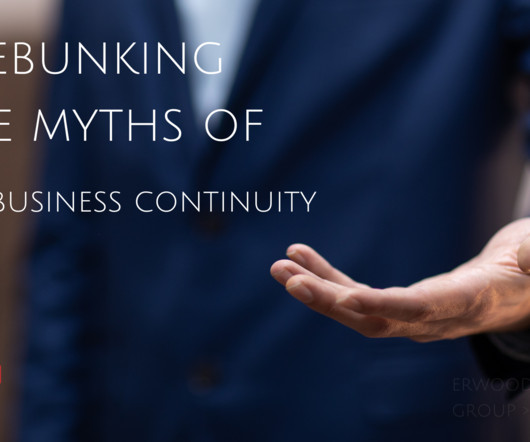BCM Basics: Business Continuity vs. Business Resilience
MHA Consulting
JANUARY 25, 2024
It focused on identifying the most critical business processes and developing plans to keep those processes going or quickly restore them in the event of an outage. Other components include risk management, crisis management, operational resilience, supply chain resilience, and financial resilience, among others.














Let's personalize your content